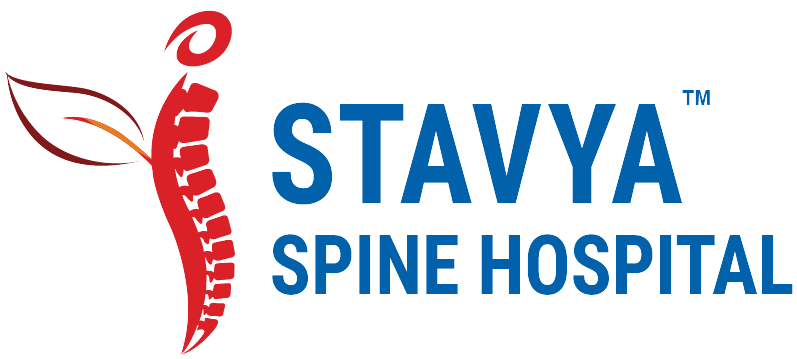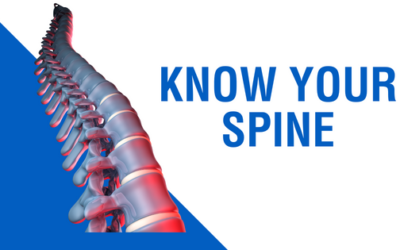Reviewing the accuracy of pedicle screw placement in MIS TLIF and analysing the reliability of a 3D Navigation tool useful for the same.
Opening the doors to an unmatched efficacy in healthcare is technology, which held its foundation in today, only to capacitate tomorrow’s efficient framework by integrating Artificial Intelligence (AI) systems, at large. It is this benefaction of reduced risk of complications related to misplaced instrumentation as well as the precision of placement, as determined by pre-surgical imaging and pre-operative planning, that has helped it in gaining popularity.
Irrespectively, it is yet not extensively applied in clinical surgeries, especially for various common degenerative spine conditions, marking its availability with seldom use, as an assurance of success. For it is optimally involved only when there are higher chances of nerve injury or the need for subsequent procedures to be performed on the patient.
Combined with the 3D Navigation tool, the accuracy of technology‐assisted pedicle screw insertion, then turns to become a measurement of indispensability during the Minimally Invasive Surgery (MIS) cases, when the tactile feedback is at its very least. This holds true for open cases as well with it aiding in improving Transforaminal Lumbar Interbody Fusion (TLIF) procedure, the most common technique used for treating degenerative disc disease, spinal stenosis, recurrent herniated discs, and low-grade spondylolisthesis.
One of the key factors of these inclusions in the spinal surgery field is the refined assessment of spinal anatomy that allows a variety of screw and implant sizes to be tested virtually, enabling the development of a thorough plan. And allowing it to be properly executed is the AI assistance and image-guidance techniques that confirm real-time images of the appropriation.
Moreover, patient-specific construct simulation permits the true alignment of vertebral bodies to show consistent level-to-level view of the anatomy; equipping screw head alignment, rod and construct optimization, and planning of long constructs and challenging small pedicles; and supporting the cage planning simulations and osteotomy planning. Although, it is the tapered exposure of intra-operative X-ray, both to the personnel and patients as well as due to its lessened number during the operation that sets it apart.
It is believed that state-of-the-art technologies create a rather standardised surgical solution that can be readily accessed for instrumented fusions. Enabling technology has the potential to augment short-term and long-term outcomes. Specifically, when we discuss about the system enabled Minimally invasive TLIF, this well-accepted procedure has been shown to provide comparable or improved clinical results compared with open posterior interbody fusion techniques alongside an O-arm/S8 Stealth navigation, with significantly less intraoperative blood loss, shorten recovery period, hospital stay and thereafter, any complications.
It enhanced a more precise screw placement (p<0.05 for each) as opposed to conventional TLIF, with no difference in visual analogy scale or Oswetry disability index scores between the two approaches at the last follow-up visit by a patient.
Saving time, the use of 3D analytical software also provides automatic calculations of common spinal measurements and let alignment simulations guide the pedicle screw and other instruments into the spine. Significantly, with 3D imaging incision size and amount of soft tissue exposed to reach the spine will be reduced, empowering the surgeon to dissect at the desired location without requiring additional space to adjust the final screw placement. The possibility of smaller incision and exactness of the positioning may eliminate the risk of infection, and post-operative pain as well as medication use.
In this context the planning software and computer monitored arm guidance is receiving more clinical acceptability, even with its elevated cost. The efficiency displayed by the system in executing decompression techniques, use of drills, interbody cage placement, and deformity correction; it continues to develop safe workflows that adapt to the promise of ongoing innovation.
Hence, with the experience of satisfied patients, Stavya Spine Hospital is dedicated to search methods of novel spine surgery applications include the potential to incorporate artificial intelligence that has the potential to ameliorate the accuracy, safety, and efficiency of digitally assisted MIS-TLIF. Providing additional benefits of sorting supply chain issues at the Operation Room (OR) with pre-planning necessary instrument configuration and sizes for the procedure, we have been industry leaders in extending advancement feasibly.
It is regardless that the literature on percutaneous pedicle screw insertions, whether on the traditional posterior superior iliac spine (PSIS) fixed or cutaneously fixed dynamic reference frame (DRF), will ever stop evolving. And with this movement of knowledge, we are entering the future and bringing to you in the present, as a present.


